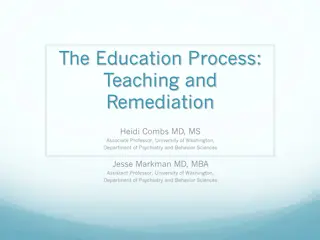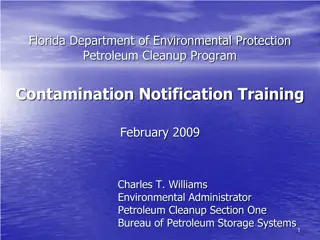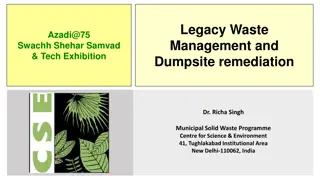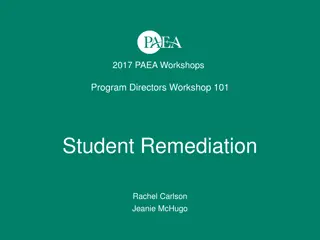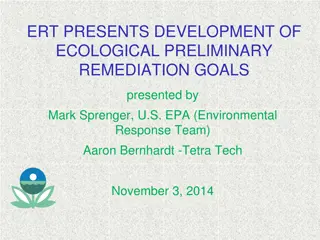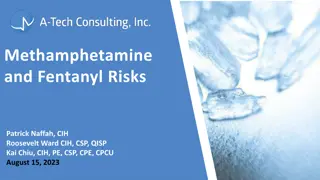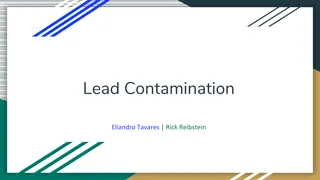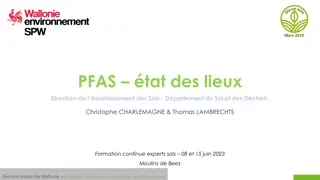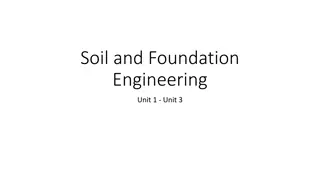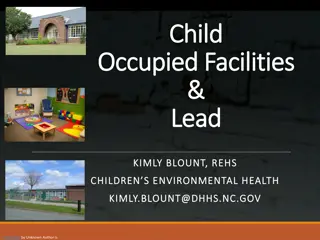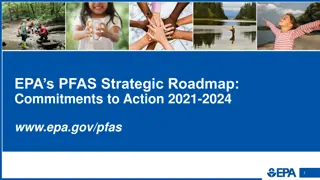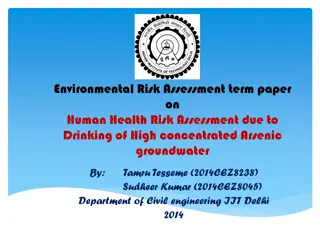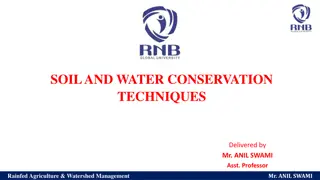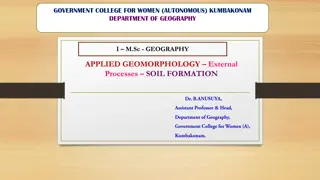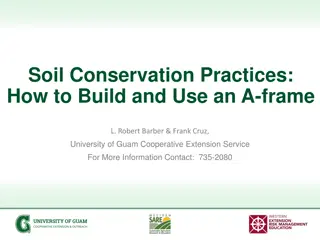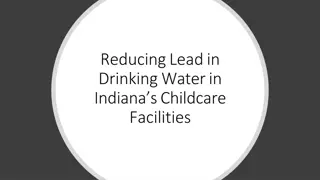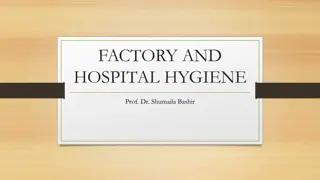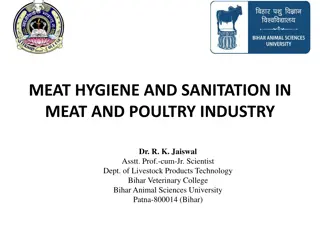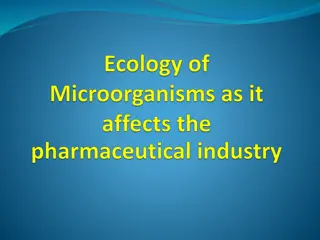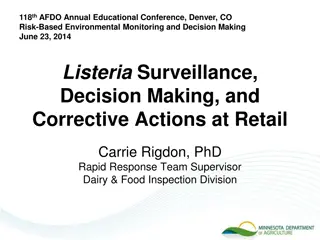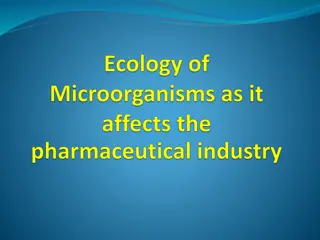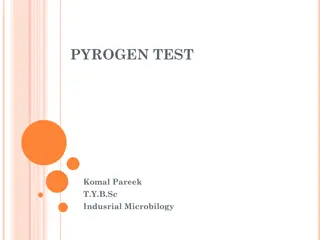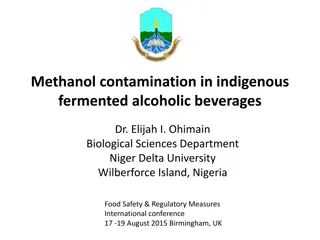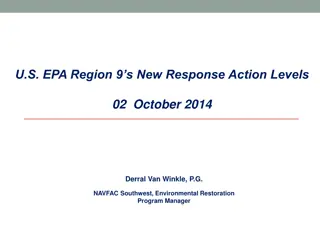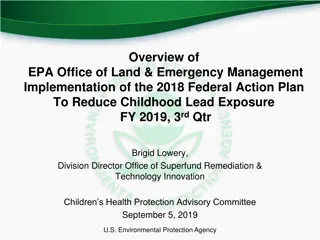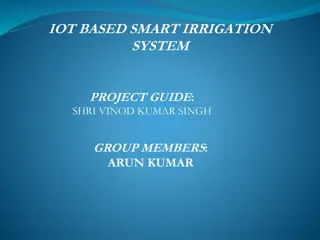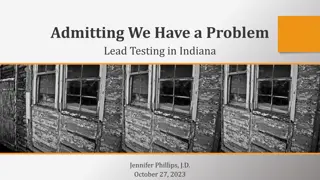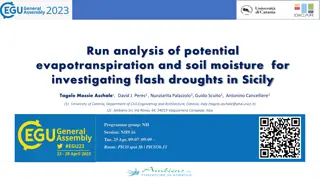Advanced Technology for Soil Contamination Remediation
The proposed technology utilizes a High Vacuum, Low Temperature Thermal Desorption Process to effectively remediate contaminated soil, achieving targeted mercury levels in an environmentally friendly manner. Key features include dry processing, no emissions into air or water, electronic control system, and occupational health considerations. The process facilitates mercury recovery or conversion to non-hazardous waste for disposal, ensuring minimal environmental impact and efficient remediation of contaminated soil.
Download Presentation

Please find below an Image/Link to download the presentation.
The content on the website is provided AS IS for your information and personal use only. It may not be sold, licensed, or shared on other websites without obtaining consent from the author. Download presentation by click this link. If you encounter any issues during the download, it is possible that the publisher has removed the file from their server.
E N D
Presentation Transcript
Presentation on Presentation on Suggested Technology for Suggested Technology for Remediation of Contaminated Soil Remediation of Contaminated Soil Y. K. Rao M/s Coroney Technologies Pvt. Ltd. Vadodara (Gujarat) yk.rao@coroney.com +91 -9601351464
Technology Proposed: Based on High Vacuum, Low Temperature Thermal Desorption Process Salient Features: Targeted Mercury levels in treated soil can be achieved even up to 6 mg/kg in an environmentally sound and efficient manner. Process is dry. There are No emissions in air and water. Complete system is Electronic Controlled with minimum of a operator interference. Dust separation before condensers. No water washing / No filter press/ No water contamination with mercury with ZLD approach. No Mercury emissions from into vacuum pumps &/or from vacuum pump as exhaust metallic Hg can be recovered, or converted to solid non hazardous waste which can be disposed in land fill at TSDF. Final material balancing per weight input to weight output can be achieved. Occupational safety & health issued are adequately addressed.
Proposed Technology comparison with other Technology Parameters Other Technology Proposed Technology Temperature Vacuum Very High (450 O C) * POOR More than 100 mm Hg Mechanical Vapor filters 5- 20 mm Hg Low ( <310 oC ) HIGH less Than 5 mm Hg Dust separation Vacuum Pressure drop Particle efficiency Scrubbing Vacuum Ionization 5- 10 Micron 5 micron or above Oil scrubbing * Carbon filter exhaust of Vacuum pumps. The separation poor 0.3 Micron NO Scrubbing Air pollution control VACULIFE before Vacuum pump The Mercury vapors separation efficiency is more than 98%
Proposed Technology comparison with other Technology Parameters Other Technology Proposed Technology Mercury collected as Liquid mercury 0 % Because Hg mixes with oil , water ,VOC , or in activated Carbon Required 75 % - 90 % (Material Balancing) Water washing NOT required Energy High Less by 30- 50 % Cycle time High Less by 35- 55 % Technology Imported Indigenous / Innovative
SALIENT FEATURES OF SOIL REMEDIATION USING THERMO / HIGH VACUUM PROCESS COUPLED WITH USHASH TM & VACULIFE TM Description Proposed Level of Vacuum & PROCESS Temperature MECHANICAL FILTERS & CARTRIDGE FILTERS Hazardous elements separation from Gas stream High 5 mm Hg & <310 Deg C Not required Vacuum ionization to charge & trap solid, liquid, SOIL WATER WASHING Not required Escaped dust particles separation . With USHASH TM to prevent clogging of condensers rest with VACULIFE filters .. Carbon Filters on exhaust of Vacuum pumps . Not required ** effluent water disposal for given soil Close to zero emission
SALIENT FEATURES OF SOIL REMEDIATION USING THERMO / HIGH VACUUM PROCESS COUPLED WITH USHASH TM & VACULIFE TM Description Proposed Heating Indirect heating with thermic oil Below detection limit with se of VACULIFE filters . Mercury emissions in air Solid carbon disposal Not required. Effluent water treatment Minimum requirement, effluent being soft. Low energy cost. 35- 55 % less in comparison with others. Energy cost Environmental Friendly Technology Yes. UNIQUE and TWIN Patents with ZLD approach
WAY FORWARD ( Hg soil remediation) Considering the fact that mercury is highly hazardous and toxic in nature the remediation process must be targeted with zero emissions / zero discharge approach. This ispossible to a great extent with the use of Vacuum thermal desorption process for soil remediation and proper dust separation system thereof. Usage of water in the total process should be limited only for Condenser / equipment cooling . It should be preferred that the reclaimed mercury is either reusable or treated suitably for safe disposal in land fill at TSDF as per Rules.
Remediation without & with washing Remediation without WAHSING Small Plant is required to treat and dispose water safely Quantity of soil to be remediated is little higher It is easy DESCRIPTION Remediation with WAHSING water treatment Plant capacity Bigger Plant size is required Less. This was mere failure in KODAIKANAL . Mercury Balancing is to be achieved in washing . Very difficult because soil is wet and Mud Exists because Mercury starts boiling from 18 Deg C Exists Quantity of soil to be remediated Handling of SOIL Mercury contamination in AIR wash area Water disposal with Hg Mercury traces in surrounding area of air in soil handling equipment Heat required to remediate soil / MT Time Required to remediate soil / MT doesn t exist doesn t exist doesn t exist Exists High because water latent heat is more than soil ** Less By 60 % Less by 40 50 % Very High Not possible . Because KODAIKANAL soil remediation actual mercury collected in process is ZERO Gram High Because all wash area exposed to Air causes alarming Hg levels Mass Balancing of Mercury in soil remediation Very much possible Negligible / BDL with proper care umps AIR Pollution


